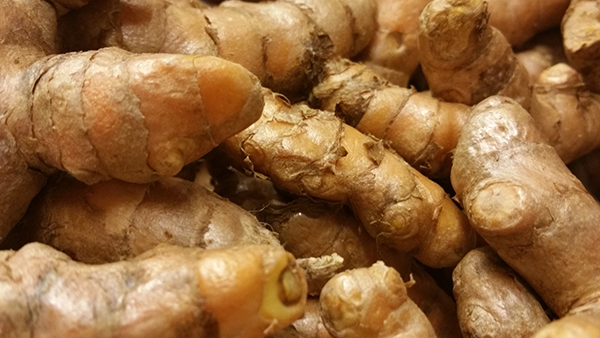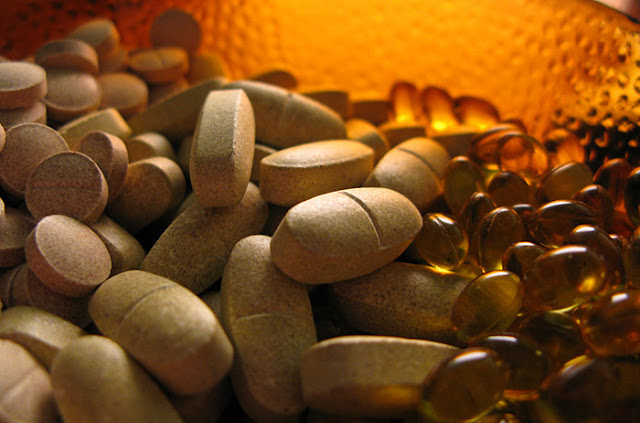Move over coffee – there’s a bright green superstar in town
that’s winning hearts and healing bodies worldwide. Yes, we’re talking about matcha
tea. Made from finely ground green tea leaves, matcha is packed with more
nutrients and antioxidants than regular green tea. Traditionally enjoyed in
Japan during tea ceremonies, today it has become a global wellness trend.
So why are health enthusiasts, nutritionists, and even
doctors praising this vibrant green drink? Let’s explore 10 powerful health
benefits of matcha tea that will make you want to sip it every morning.
1. 🌿 Packed with Antioxidants
Matcha contains a special group of antioxidants called
catechins, especially EGCG (epigallocatechin gallate). These fight harmful free
radicals in the body, slowing down aging, reducing inflammation, and lowering
the risk of chronic diseases. One cup of matcha has far more antioxidants than
regular green tea, blueberries, or spinach.
2. 🧘 Boosts Calm and Relaxation
Unlike coffee, which can give you jitters, matcha provides
calm energy. That’s because it’s rich in L-theanine, an amino acid that
promotes relaxation, reduces stress, and improves focus. Japanese monks have
been drinking matcha for centuries to meditate longer with better
concentration.
3. ⚡ Provides Clean, Sustained Energy
Thanks to its unique blend of caffeine and L-theanine,
matcha delivers a gentle energy boost without the crash. Instead of feeling
wired and anxious, you’ll feel awake yet calm for hours. It’s the perfect drink
if you want to stay alert at work, in the gym, or while studying.
4. ❤️ Supports Heart Health
Regular consumption of matcha tea helps reduce LDL (“bad”)
cholesterol, triglycerides, and blood pressure. This lowers the risk of
cardiovascular diseases like heart attack and stroke. Replacing sugary drinks
with a warm cup of matcha is a heart-healthy choice.
5. 🧠 Improves Brain Function
Matcha has been shown to enhance memory, attention span, and
reaction time. The combination of caffeine and L-theanine gives your brain a
steady supply of fuel. Whether you’re working on a project, reading, or
writing, matcha can keep your mind sharp and focused.
6. 🔥 Aids Weight Loss
Many weight-loss supplements list green tea extract as a key
ingredient, and matcha is even more powerful. It boosts metabolism, increases
fat burning, and helps regulate appetite. Drinking matcha before workouts can
increase calorie burning significantly.
7. 🛡️ Strengthens Immunity
The antioxidants in matcha protect your cells from oxidative
stress while boosting your immune system. EGCG also has antiviral and
antibacterial properties, which may help protect against infections like the
flu. A warm cup of matcha is like natural armor for your health.
8. ✨ Promotes Healthy Skin
Want glowing skin? Matcha is your friend. Its antioxidants
reduce acne, fight inflammation, and slow signs of aging like wrinkles and
dullness. L-theanine also reduces stress, which is often a hidden cause of
breakouts. Many skincare brands even use matcha extract in their products.
9. 🍃 Detoxifies the Body
Because matcha is grown in the shade, its chlorophyll
content is much higher than regular green tea. Chlorophyll naturally detoxifies
the body, helping to flush out heavy metals and harmful chemicals. A daily
matcha ritual acts like a gentle cleanse for your system.
10. 🧬 Supports Overall Longevity
Japanese culture is famous for its long-living population,
and matcha is one of their secrets. By reducing risks of heart disease,
diabetes, obesity, and cancer, matcha contributes to a longer, healthier life.
Every sip is like an investment in your future health.
How to Prepare Matcha Tea 🍵
Making matcha is simple and enjoyable:
1. Sift 1–2 teaspoons of matcha powder into a bowl.
2. Add hot (not boiling) water.
3. Whisk in a “W” motion until frothy.
4. Enjoy as is, or add milk for a creamy matcha latte.
Final Thoughts 🌟
Matcha tea isn’t just a trendy drink - it’s a centuries-old wellness tradition with proven benefits. From calming your mind to energizing your body, protecting your heart, and giving your skin a glow, matcha truly earns its reputation as a “super drink.”
So, the next time you’re about to grab a cup of coffee, why
not switch it up? A vibrant green cup of matcha might be just what your body
(and mind) needs.
✅ Key Facts Recap
Matcha has more antioxidants than regular green tea.
L-theanine provides calm focus without jitters.
Supports heart health and lowers cholesterol.
Enhances brain power, memory, and attention.
Boosts metabolism and aids in weight loss.
Improves immunity and fights infections.
Detoxifies the body thanks to chlorophyll.
Promotes glowing skin and anti-aging.
Provides sustained energy without crashes.
Contributes to longevity and overall wellness.
































